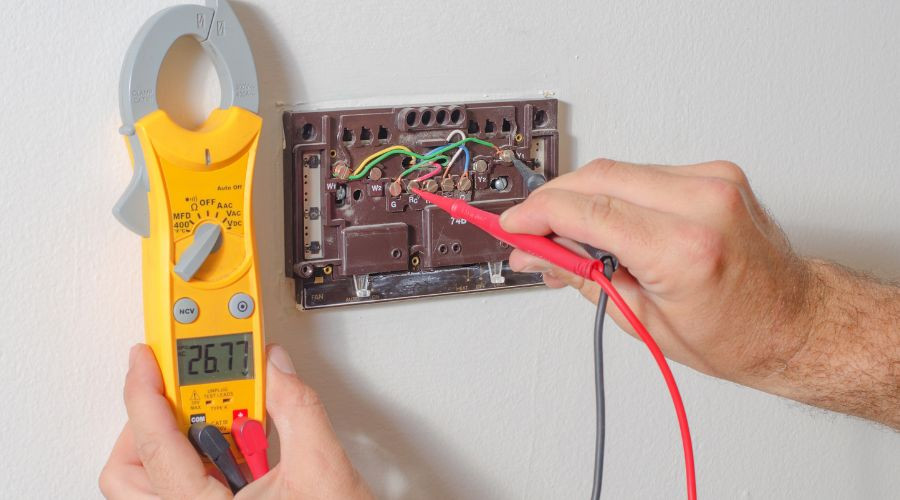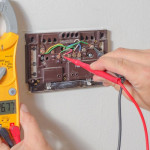Understanding When It’s Time to Replace the Thermostat
Thermostats best serve us when they’re out of sight and out of mind, but even the slightest malfunction can disrupt our comfort in our own homes. The most trustworthy thermostat can fail even with routine HVAC maintenance and repairs. Here are some simple symptoms that indicate it’s time to repair (or even replace) your thermostat.
Higher Energy Bills
 No one likes seeing higher energy bills. These often relate to inefficiency in your HVAC system, including right at the thermostat.
No one likes seeing higher energy bills. These often relate to inefficiency in your HVAC system, including right at the thermostat.
The thermostat needs to understand the current temperature to determine whether or not the system should be running. When it does not read temperatures correctly, the system might work longer and harder than it needs to, running up those monthly bills.
Most thermostats last about ten years if the system is properly maintained, but many homeowners choose to replace them before then because of innovative technology. Older thermostats are usually less efficient and capable, and replacing them with new yet trustworthy technology can majorly impact monthly costs.
Incorrect Temperature Readings
 Sometimes, the inaccuracy is obvious, and sometimes, a few degrees can make a world of difference. Sometimes, we know this from instinct alone (why is the heater kicking on in the middle of summer?), but it’s not always clear.
Sometimes, the inaccuracy is obvious, and sometimes, a few degrees can make a world of difference. Sometimes, we know this from instinct alone (why is the heater kicking on in the middle of summer?), but it’s not always clear.
Replacing the batteries and cleaning the thermostat can improve efficiency, but it’s a good idea to ensure your thermostat‘s accuracy if there is any suspicion. You can do this by using a portable indoor thermometer to check the room's temperature and relate this to the thermostat’s reading. If the difference is larger than 3 degrees, it should be addressed.
Inaccuracy may not mean your thermostat is bad in all cases. Sometimes, it’s set up in an area that receives direct sunlight or suffers from drafts. In these instances, relocating the thermostat or dealing with the drafts can save you money and make your home more comfortable overall.
Short Cycling
While HVAC systems run as quietly as we can get them, they’re not necessarily quiet. Still, they shouldn’t be jamming on and off every few minutes. This doesn’t allow the system to complete a full cycle, putting more stress on the components and running up utility bills without bringing any comfort to the home.
Short cycling can have several causes, including dirty air filters or refrigerant links, but the thermostat is a common culprit. An older thermostat may cause short cycling as it finally kicks the bucket, or the problem may be caused by wiring damage, manufacturer defects, or misuse of the system.
Because short cycling often evolves into bigger (and more expensive) issues, you want to turn the system off and bring in a professional right away. Letting it continue to run could cause the air conditioner or furnace to break down, multiplying the repair cost immensely.
About North Point Air Conditioning & Heating
Texans cannot afford to wait around when it comes to heating and air issues, and North Point Air Conditioning & Heating understands. As a family-owned business for over 45 years, their NATE-certified technicians use a customer-first approach to ensure the problem is dealt with accurately and efficiently on the first go-around. Call today for a thermostat service in Spring, TX!



